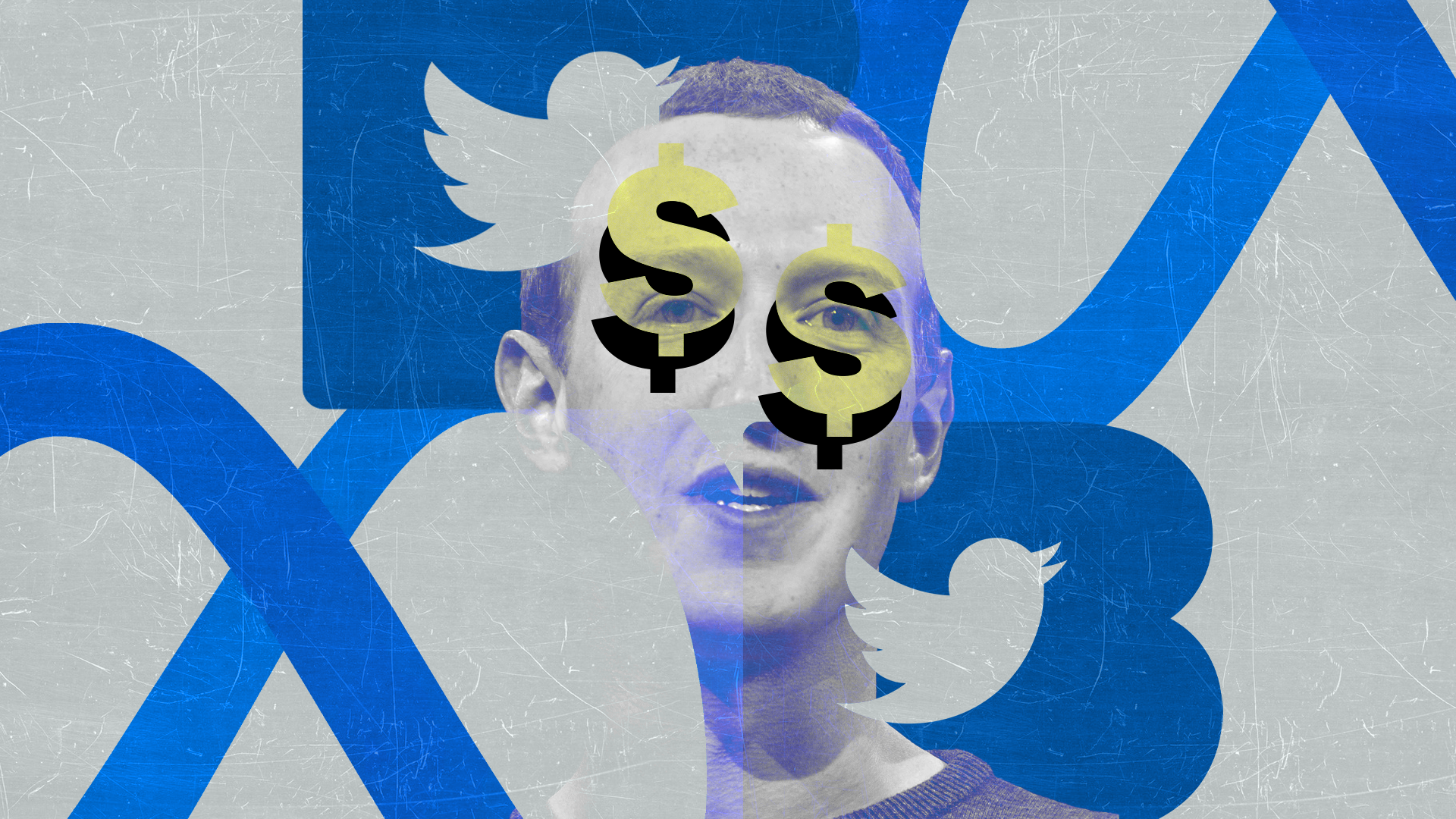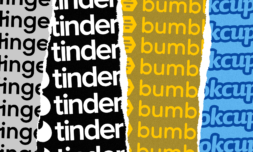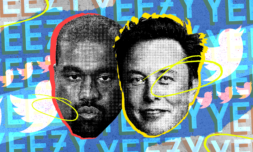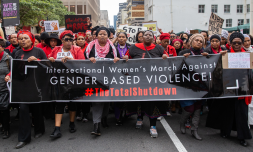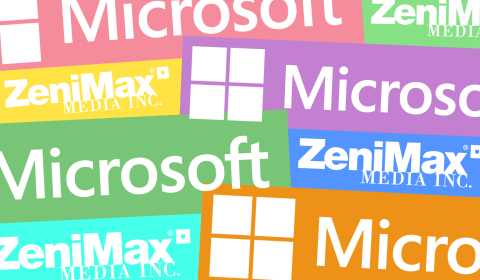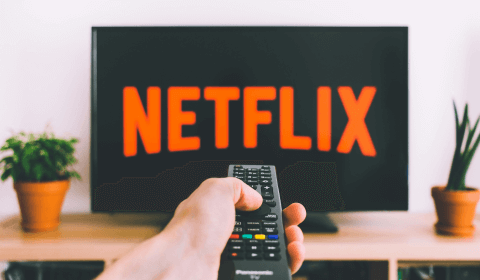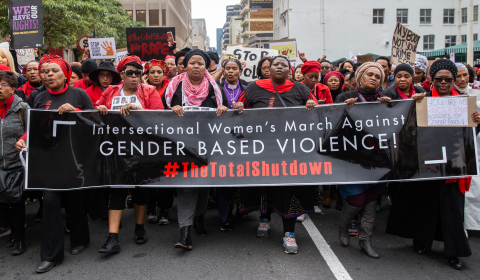On Wednesday, the New York Times reported another round of Twitter layoffs, including Twitter Blue creator Esther Crawford. The news comes a week after Meta announced a similar paid verification service. Why is Meta copying this seemingly terrible idea?
Along with another 200 employees, Twitter CEO Elon Musk has fired Esther Crawford, the person who headed the launch of his flagship policy, Twitter Blue.
This decision reflects widespread discontent surrounding the new pay-to-get verified service and came just over a week after Meta’s CEO, Mark Zuckerberg, revealed his plan for an almost identical subscription service for Facebook and Instagram.
Meta’s Twitter Blue-like feature will enable most users to get a verified checkmark next to their name and have their content promoted on peoples’ timelines.
The move, which Musk called ‘inevitable’, is just one in a sea of examples of tech corporations stealing each other’s ideas – no matter how disliked or unprofitable they are.
We’re now all too familiar with the debacle that was Elon Musk’s takeover of Twitter but, in an attempt to better understand why Musk’s signature subscription service is now becoming the industry norm, some key details surrounding the deal should be reminded here.
In order to actually acquire Twitter, Musk took out a significant loan which left the company with over $13 billion in immediate debt. Add the fact that the company has not turned a profit since 2019 and has famously struggled to develop an active user base comparable to that of Instagram or TikTok.
During the very public negotiations surrounding the purchase, Musk made clear his biggest concern about the platform: the large number of fake users and scam accounts, what he calls ‘bots.’ A fact he cited multiple times when trying to pull out of the deal, until a court ruling eventually forced him to go through with it.
Now at the head of one of the largest online platforms, the world’s most outspoken billionaire had the task of making Twitter profitable – something a man who routinely compares himself to superheroes should have no problem figuring out.
The central tenet of Musk’s new business model, Twitter Blue, aims to tackle both profitability and the large number of ‘bots’ on the site. If some of the basic functionalities of the website are behind a paywall, then this would eliminate most of the fake accounts whose owners cannot conceivably pay so many monthly subscriptions.
While the limitations of Twitter Blue as a viable source of revenue and as a functioning social demarcator have been exposed time and time since the launch of the feature, one could wonder why these companies are deliberately making unprofitable decisions.
With Blue’s current number of subscribers sitting between 200,000 and 300,000, some business experts have speculated that Twitter would need to increase the number of subscribers by about 80 times to be able to match their stated goal of making the service match 50% of their overall income, the rest coming largely from advertisers.
What’s more, The Verge published a piece in November breaking down a likely scenario where a key selling point of Twitter Blue – reducing user ads by 50% – would actually cost the company so much in advertiser revenue that implementing it would lose more money for the platform than it could ever bring in.









